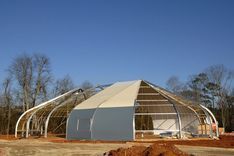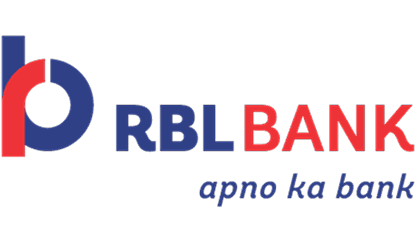In India's diverse climatic landscape, ensuring thermal comfort within industrial structures is paramount. Pre-engineered buildings (PEBs), widely adopted by micro, small and medium enterprises (MSMEs), offer rapid construction and cost-effectiveness. However, without proper thermal management, these structures can become heat traps, leading to increased energy consumption and operational costs. This article delves into strategies to enhance thermal performance in PEBs, ensuring comfort and cost savings.
Understanding the thermal challenges in PEBs
PEBs, predominantly constructed using steel, are susceptible to rapid heat gain, especially in India's hot and humid regions. The metal surfaces absorb and radiate heat, leading to elevated indoor temperatures. This not only affects worker productivity but also escalates cooling energy demands. Studies indicate that buildings with poor thermal design can experience indoor temperatures 5–8°C higher than the ambient temperature.
Passive design strategies for thermal comfort
Implementing passive design measures can significantly mitigate heat gain:
Orientation and layout - Aligning the building's longer axis along the east-west direction minimizes exposure to direct sunlight.
Shading devices - Incorporating overhangs, louvers and vegetation can shield walls and windows from direct solar radiation.
Natural ventilation - Designing openings to facilitate cross-ventilation allows for heat dissipation without mechanical means.
Insulation and reflective materials
Proper insulation is crucial in reducing heat transfer:
Roof insulation - Given that roofs are the primary recipients of solar radiation, insulating them can reduce heat ingress by up to 30%.
Wall insulation - Using materials with low thermal conductivity, such as expanded polystyrene (EPS) or polyurethane foam, can impede heat flow.
Reflective coatings - Applying high-albedo paints or membranes on roofs and walls reflects a significant portion of solar radiation, lowering surface temperatures.
Adoption of cool roof technologies
Cool roofs, characterized by high solar reflectance and thermal emittance, have proven effective in reducing indoor temperatures. Research indicates that cool roofs can decrease indoor temperatures by 2–4°C, leading to energy savings of up to 20% on cooling costs. Materials such as white paints, reflective membranes and specialized tiles are commonly used in cool roof applications.
Integration of energy-efficient systems
While passive strategies form the foundation, integrating energy-efficient systems further enhances thermal performance:
High-efficiency HVAC systems - Utilizing systems with higher Coefficient of Performance (COP) ensures effective cooling with reduced energy consumption.
Energy management systems - Implementing sensors and automation can optimize cooling based on occupancy and ambient conditions.
Government initiatives and incentives
Recognizing the importance of energy efficiency, the Indian government has launched several programs:
Bureau of Energy Efficiency (BEE) - Offers guidelines and incentives for adopting energy-efficient practices in industries.
Energy Conservation Building Code (ECBC) - Provides standards for energy efficiency in building design and construction.
MSME Sustainable (ZED) Certification - Encourages MSMEs to adopt sustainable and energy-efficient practices, offering benefits such as financial incentives and market recognition.
Conclusion
Enhancing thermal performance in PEBs is not merely about comfort; it's a strategic move towards operational efficiency and sustainability. By adopting a combination of passive design strategies, insulation, reflective materials and energy-efficient systems, MSMEs can significantly reduce energy consumption and costs. Furthermore, leveraging government initiatives can provide both technical guidance and financial support, making the transition towards energy-efficient PEBs both feasible and beneficial.




 +91 7208055523
+91 7208055523
 Help & support
Help & support
